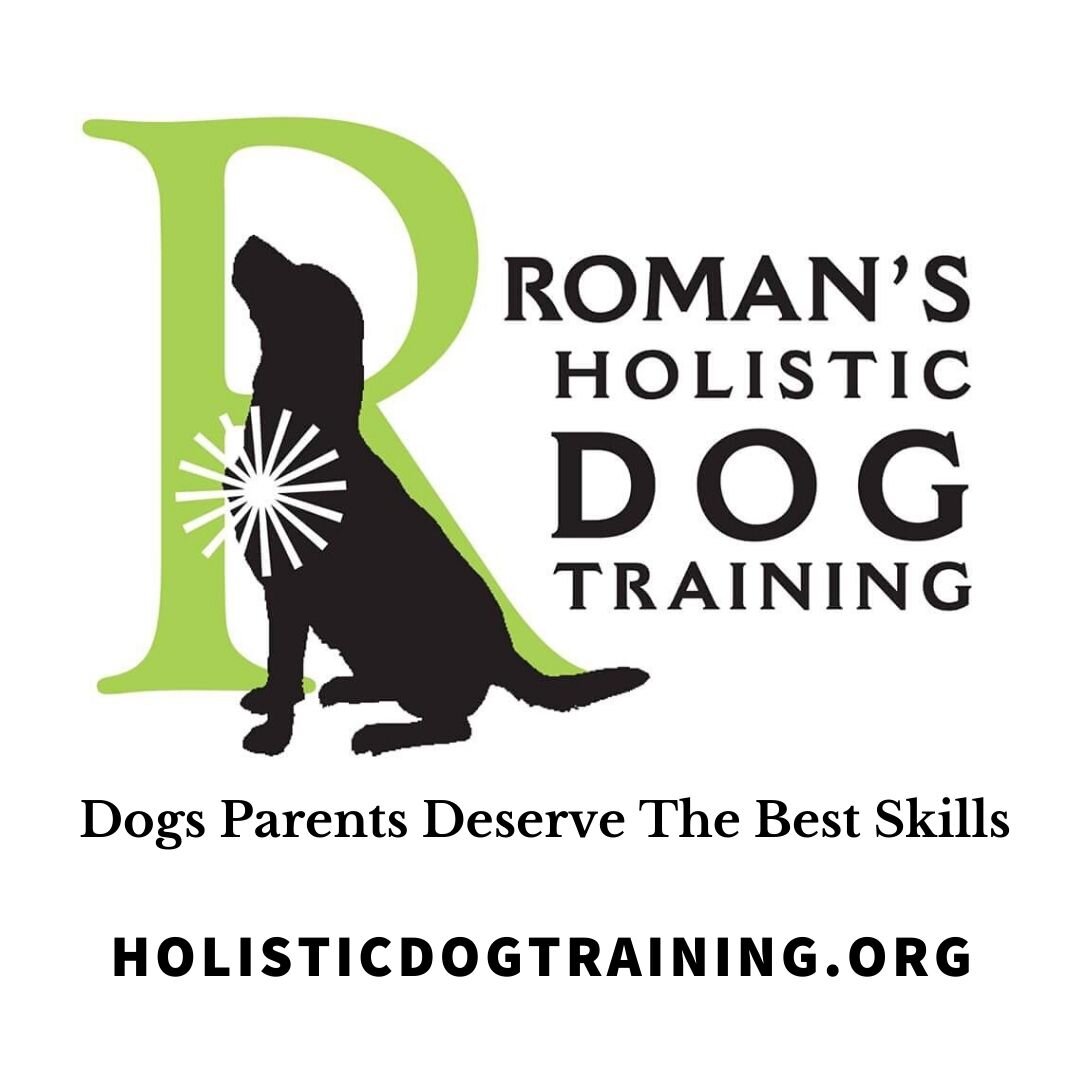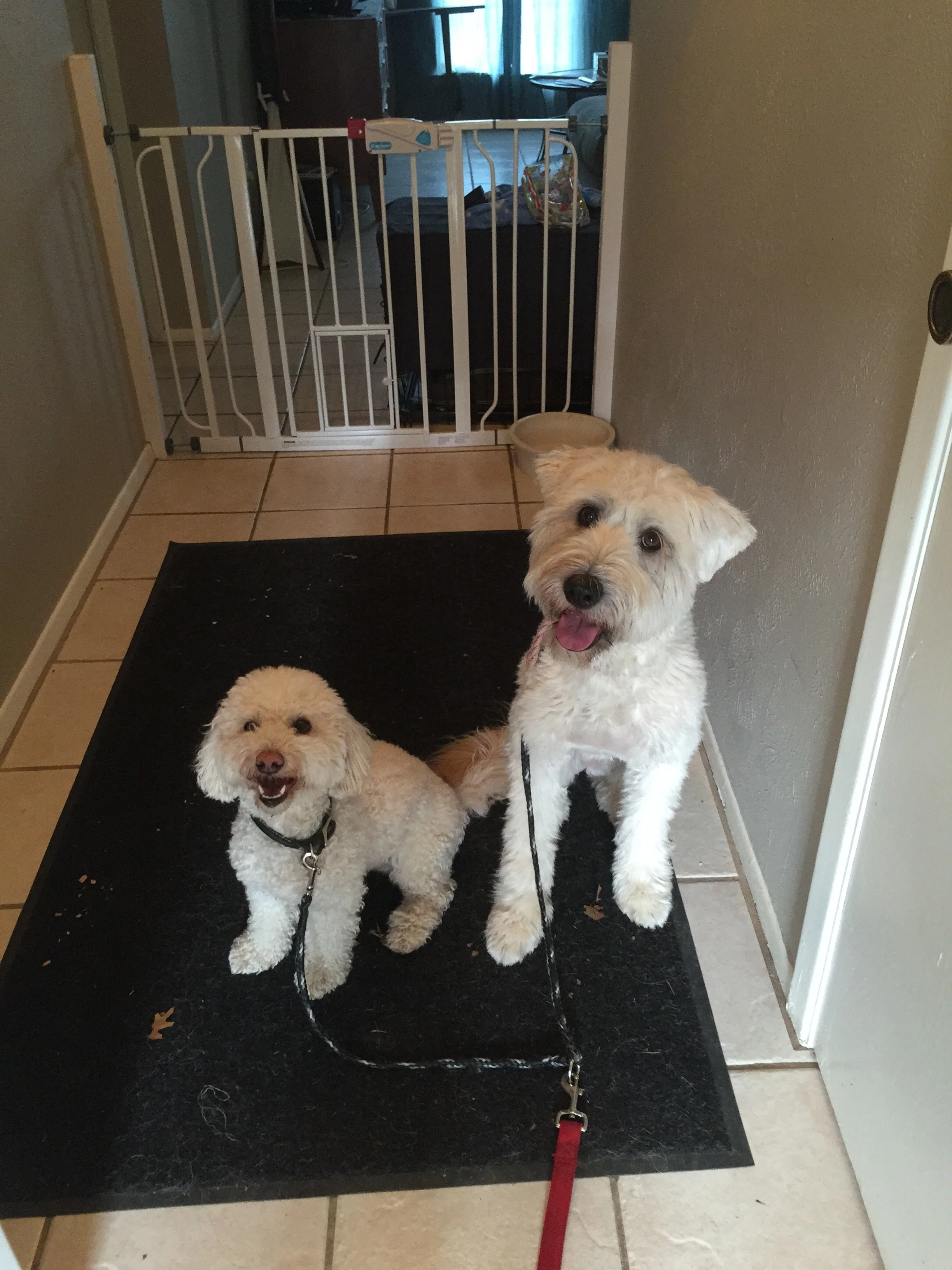Every time you walk down the street, you’ll see at least one person being dragged by their dog. When the dog pulls, they pull back, and sometimes a full-on tug-of-war happens. It’s not a fun experience for either the dog or the person.
Unpleasant walks are one of the main reasons that people get a dog trainer, and many of my clients have a problem with it when they first hire me. Most trainers will tell you that it’s a reflex for a dog to pull on the leash, but the behavior goes much deeper than an involuntary response.
ancient Roman
One of the biggest problems with leash walking is that people often assume that a dog naturally knows how to walk right by their side, so when their dog doesn’t meet their expectations, they get upset. They feel like their dog should WANT to have a nice walk with their favorite human, so why don’t they behave?
The Neck is a Very Sensitive Part of a Dog’s Body
Dog’s love to have their neck scratched for a reason. It’s an extremely sensitive area, so it feels good. It also controls a dog’s primary method of defense and source of food- the mouth. When you control the neck, you control life and death with a dog, so it’s emotionally sensitive as well.
Our human ancestors knew this, which is why they learned to control their animals by harnessing the neck in some way. It’s effective for moving an animal from one place to another, but not if you want to enjoy a leisurely stroll with your best friend.
Being tethered around the neck causes a fear response in dogs, which makes them want to fight, freeze, or flee. Since most states have leash laws, how do we help our dog to enjoy himself on the leash without being untethered?
Become Your Dog’s Teammate, Not His Boss
Most leash walking techniques use one of two methods; dominating the dog into submissively walking by your side, or having you become a treat machine to reinforce behavior. In both cases, you need tools to do this, so the dog might not walk well off leash, or if you don’t have treats he or she won’t behave.
I prefer to use the holistic approach to leash walking, which is using the dog’s natural desire to team up with a more experienced partner in a mutually beneficial relationship. They do this in the wild for protection, better hunting, and companionship.
The holistic approach imitates nature and helps dog parents create a strong bond with their dog that is similar to the free-will relationship they would have with an older partner in the wild. The key is to get your dog to see you as the guy who has all the answers.
You’ll become the secure bond that can be trusted to make good decisions, so your dog can feel safe and enjoy the walk with you.
Here are the steps to help you have an easy and safe walk with your dog.
How to Walk Your Dog the Holistic Way
Step 1:
Make sure your dog has a collar that fits well and a six-foot leash. Note: Don’t use a retractable leash until your dog is fully leash trained. The walk starts before you leave the house, so don’t put the leash on until your dog is calm and sitting down.
If he or she is really excited before you even get out the door, I guarantee your dog will be just as overstimulated outside. Reinforce calm behavior on the walk by starting it with a calm state of mind.
Step 2:
Getting out the door in a calm and organized manner has a lot to do with how the walk is going to go. Have your dog sit next to you in a seated position, then open the door. If the dog moves a muscle, close the door and wait for him to sit and calm down. Open the door, and if he’s still calm and seated, say “okay” and leave the house.
If he moves before you tell him to, close the door and keep repeating that step until he gets that you aren’t leaving until he chills out and waits for you to give him the okay. Be patient and consistent with this. If you get frustrated, your dog will pick up on it and get excited and nervous.
Step 3:
Teach the dog the “come” cue to return to you when you want him to.
1. Start walking backwards without saying anything.
2. When the dog comes toward you on his own free will, say “come” one time and reward the dog with the word “good.”
Repeat this a few times at the beginning of the walk, and randomly throughout.
Step 4:
The goal for the walk is to have a loose leash with the dog matching your pace, and never pulling the dog toward you against his will. It’s not important that the dog walks right next to you, but that the leash has some slack. You want to be in synchronicity with each other.
A great method for getting in synch with your dog outside is to teach him to follow you with the cue “Let’s go.”
1. In low distraction area, stand next to your dog and initiate the walk by saying “Let’s go.”
2. Walk a few feet, then make a sudden U-turn toward the side your dog is leashed and start walking in the other direction while you say, “Let’s go” again. Make sure you don’t pull your dog towards you, the leash is a little loose, and that he comes on his own. When he does follow you, say “good” to let him know he's doing well.
3. Walk a few paces, then repeat the exercise.
If your dog pulls, this is the best way to get him to synch up with you.
Watch this video to learn the basic leash cues.
Book recommendations:
All in one book:
The Do No Harm Dog Training and Behavior Handbook: Featuring the Hierarchy of Dog Needs link
Roman Gottfried is an internationally renowned Holistic Dog Training, Animal Healer and Dog/Human Relationship Coach. He works with dog parents worldwide to help their dogs reach their full potential, by teaching them the holistic philosophy of creating a healthy relationship with their dog. He sees clients both online and in-person in Eugene Oregon . Visit Holisticdogtraining.org for more information or to schedule an appointment.





